Strings reign: Unlacing the legacy of South Asia's most loved band
Strings were probably one of the few bands South Asia could call their own.
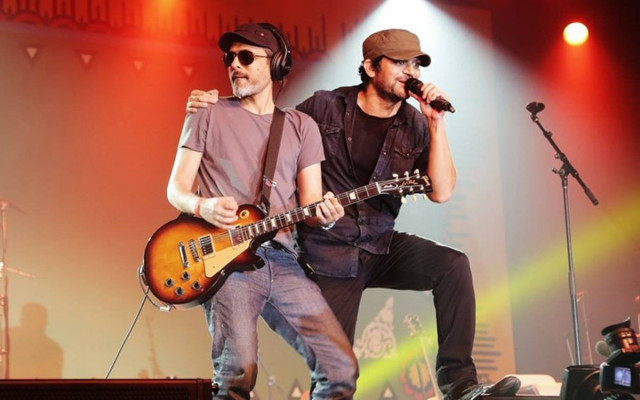
If father time doesn’t come for them first – were the Rolling Stones ever to break up, there would be a competitive Olympics of platitudes by critics for the band and their role in rock history. But there would be one line of reasoning in the band’s eulogies that would be missing – that the band appealed to a new generation for every decade of its existence. Because after the mid-nineties, the Stones started to gather moss, and it was their older fans who rolled with them into new decades, they stopped expanding their fan base.
Strings though, are not The Rolling Stones. Bilal Maqsood and Faisal Kapadia appealed to the teens of the 90s for every decade of their life since. But crucially, they picked up new and younger fans in every decade since as well. If they had not thrown in the towel in 2021, I am pretty certain they would have a place in the hearts of teens of the 2030s as they kept on releasing new music.
Statesmen of the music world

That is one of the key drivers of the place of Strings in the pop-rock world of Pakistan. Despite defying the laws of physics since they do not seem to age, they had over the years become the elder statesmen of the music world in the country. Occupying that space was not just due to their longevity, but it also had a lot to do with the way they conducted themselves.
If Pakistan wanted a global ambassador – you couldn’t get better than Strings. They were demure, reticent even – but, they still had presence. And a lot of that presence was down to exhibiting class. Strings were the good guys in a field of the bad boys of rock, and outside of their music, that also demonstrated a certain degree of artistic integrity. They were who they were, take it or leave it.
Strings were so acceptable, that in the broadest sense they could probably be one of the few bands that South Asia could call their own, and their success in India testifies to that the most. Since the announcement of their disbandment, it’s interesting to see just how anguished several generations of Indians have been, lamenting the loss of a band outside their borders despite the bilateral animus. As usual, Strings is above it all in more ways than one.
For the most part, Strings had been elevated into the elder statesmen of pop-rock, some of this due to their longevity, and equal measures to their consistency. Where great bands came and went, Strings was just there through it all.
Except, of course, between 1992-2000 when they had quietly disbanded – a period one could argue was the heyday of Pakistani pop-rock. The Eifel Towers of the music scene were still dominant during that time when Strings exited – and when they came back, they came to a clear playing field when most of the music maestros had called it quits.
In their first phase as a band, they were a hit thanks to the monster success of Sar Kiye Yeh Pahar, but their reputation was nowhere near that of the other top bands of the era. When they resurfaced to a relatively empty era of competition they dominated the field. But, I would imagine, even if those artists were still active at the time Strings would still have made a mark.
Reimagined comeback
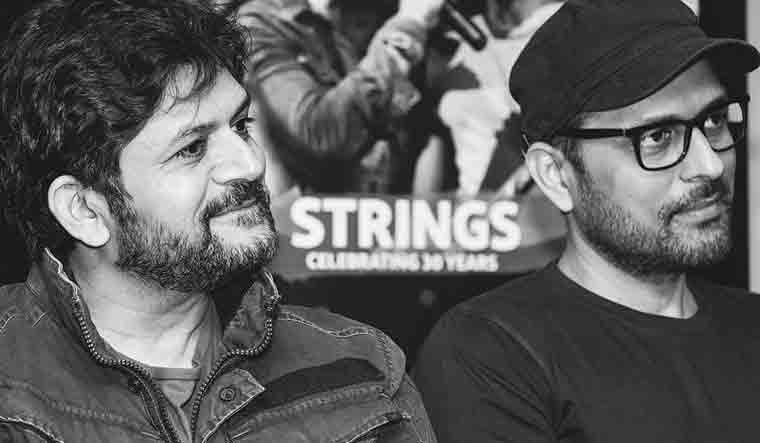
But Strings Version 2.0 was very different from the band they were before it. They were highly produced (their first two albums sound very dated compared to the other bands of the time in terms of production), Faisal Kapadia’s voice had matured into a more powerful and dynamic instrument and both members had started coming across as purveyors of understated style, leveraging the brilliance of Jami in their iconic music videos. The early 90s were raw and still relatively amateur, they had returned with a heavy touch of corporate smooth.
While Duur is cited as the definitive song of the album, it’s Anjane that truly announces the new Strings. Its atmospheric opening signals a very different level of production and thought behind the music, and Jami’s music video created a signature pop-perfect song.
From then on they went from strength to strength with several songs composed for Indian and other projects, albums culminating with their final cut Thirty. During this period one of their new strengths was synthesising more classical vocalisations in their generally Western-oriented pop – all this without breaking away from their signature sound. Looking at Thirty as their final album leaves one underwhelmed – barring the brilliance of both Sajni and Urr Jaon (sung by Kapadia and Maqsood respectively). In a way, Pyaar Ka Roag from Sound Station is a fortunate last entry because it is the perfect sign-off for the band.
When looking at the legacy of Strings one of the key pillars of their place in music is just how beloved they were. But, despite their position in the pantheon of musicians of the country, their fandom was never rabid or passionate; it was never the kind that would balkanise fans the way Junoon or Vital Signs did, the way E.P. or Noori did.
Why this is so is difficult to untangle. Part of it has to do with the fact that both Bilal and Faisal are not petty enough to encourage this like many bands did in the past. Another is the problem with bands that have signature sounds – whatever the song, the band has creatively similar elements peppered in it throughout.
A look back
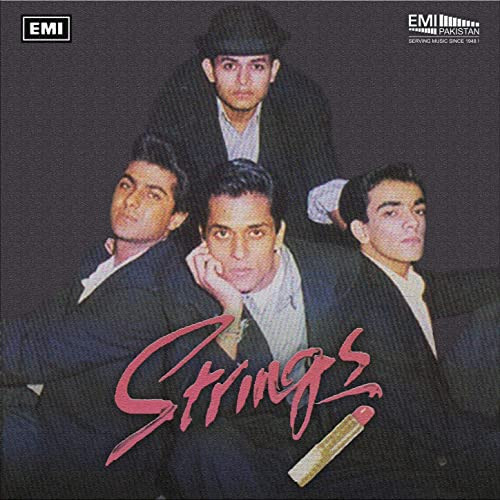
From their 1990 album - listening to just two songs, Sar Kiye Ye Pahar and Pakistan – show the template of a great deal of what has followed by Strings (minus their more eastern musical influences that were incorporated successfully later on). Especially on the track Pakistan, one of the most successful of Strings’ musical devices, contrasting the low and high pitched singing voices of Bilal and Faisal, has been used fairly similarly throughout their career. It’s the same with their U2 like guitar influences in many of their songs. A new Strings song was creatively incremental – never truly creatively radical departure from what they have done before.
In my personal listening, I have always had a Strings song in my playlist, and it’s almost always from their material post-2000. But, when listening to their first two albums, I often find a greater and more open artistic expression that hadn’t been cleaned up by excessive production. There are two songs on their 1992 album that I often return to, even though musically they pale in comparison to the latter output of Strings, Aaj Mein Khud He Se and Aaj Din Bhar. Both songs have an introspection, a sparse soundscape with interesting delivery – something that doesn’t fit Strings' cannon, but something I wish there was more of over the years.
If we put aside our regret at the passing of more music from Strings, it’s just sad to see a long-lived band breakup. One year in a band is 10 human years – and if you can cross a decade together, well those breakups just hurt even more so. Bilal doing SoundStation on his own should have been a teaser of what might have come because bands with solo ventures tend to weave a crack that expands over time – but it could just be the time was right.
If Kapadia and Maqsood put out music on their own from now on – it will be interesting to see where that goes and how it contrasts with what they always did together. Until then listening to Yeh Hai Meri Kahani on repeat will do, a masterpiece if there ever was one.
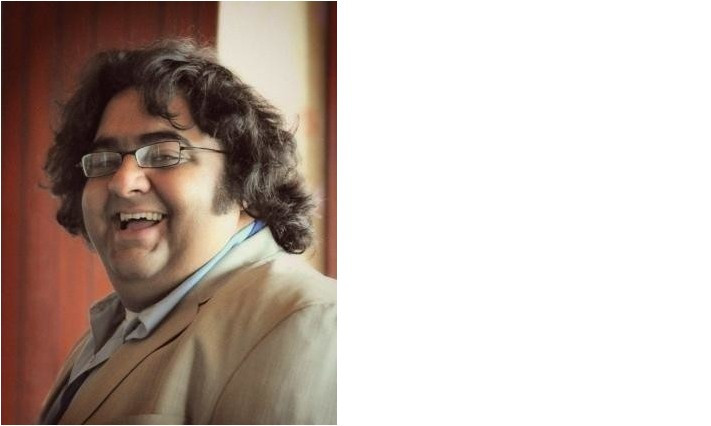
Fasi Zaka writes on politics and culture for the press.
Have something to add to the story? Share it in the comments below.

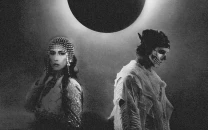




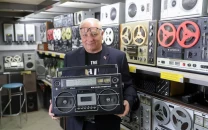












COMMENTS
Comments are moderated and generally will be posted if they are on-topic and not abusive.
For more information, please see our Comments FAQ